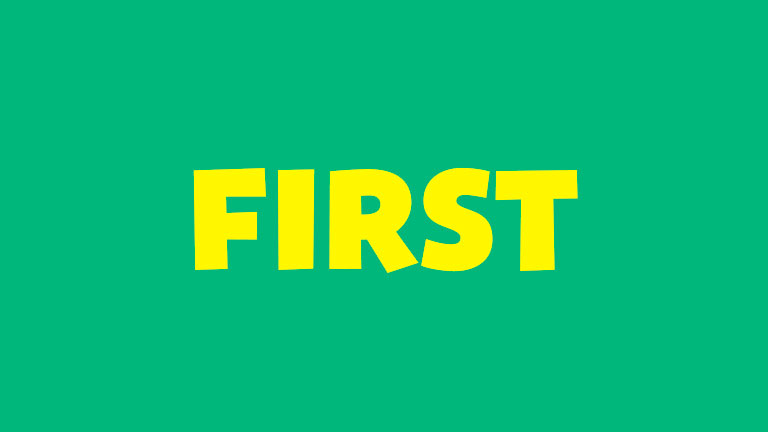Putting the User First in a World of “Too Many Firsts”
In the realm of UX design, we are constantly bombarded with buzzwords and methodologies, each vying for our attention and promising to revolutionize the way we create user experiences. Among these, we encounter phrases like “accessibility-first,” “responsive-first,” and “mobile-first,” all emphasizing the importance of prioritizing specific aspects of the user experience.
While these concepts hold merit and can undoubtedly enhance user experience, there is a risk of falling into the trap of “too many firsts,” where we become so focused on individual principles that we overlook the overarching goal of user-centered design.
The reality is that user-first design is not about prioritizing one aspect of the experience over another; it’s about understanding the needs, goals, and motivations of the users we are designing for and creating an experience that seamlessly caters to these factors.
The Challenge of “Too Many Firsts”
The challenge with “too many firsts” arises when we treat these design principles as rigid rules rather than flexible guidelines. When we become fixated on accessibility-first, for instance, we may overlook the need for a responsive design that adapts to different screen sizes. Or, in the pursuit of mobile-first, we may neglect the desktop experience, leaving users frustrated with an interface that doesn’t suit their preferred device.
User-First: A Holistic Approach
User-first design, on the other hand, takes a holistic approach, recognizing that each user experience is unique and requires a tailored approach. It’s about understanding the context in which users will interact with the product, the tasks they need to accomplish, and the challenges they may face.
Prioritizing User Needs Over Design Dogmas
Adopting a user-first mindset requires us to prioritize the needs of our users over any preconceived design philosophies. It’s about conducting user research, understanding their pain points, and designing solutions that address those challenges.
Balancing Accessibility, Responsiveness, and User Needs
Returning to the accessibility-first example, it doesn’t mean we abandon responsiveness or mobile-first principles. Instead, it means integrating accessibility considerations into our design process from the outset, ensuring that our products are usable by everyone, regardless of their abilities or disabilities.
Similarly, mobile-first doesn’t mean neglecting the desktop experience. It means understanding the unique context of mobile usage and designing an experience that is optimized for those scenarios, while also ensuring that the product remains usable and enjoyable across different devices.
User-First Design: The Cornerstone of UX Excellence
In the end, user-first design is about empathy, understanding, and a deep commitment to creating experiences that truly meet the needs of our users. It’s about putting the user at the center of the design process and ensuring that every decision we make is driven by a desire to enhance their experience.
In a world of “too many firsts,” let’s remember that user-first design is the true north star of UX excellence. It’s the guiding principle that allows us to create products and services that are not only functional and aesthetically pleasing but also truly meaningful and impactful for the people who use them.
